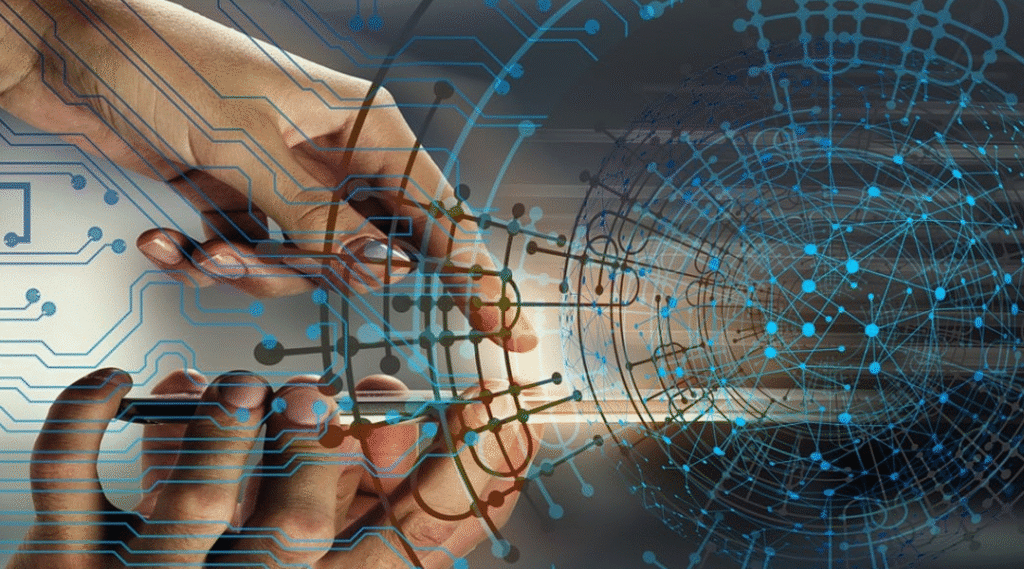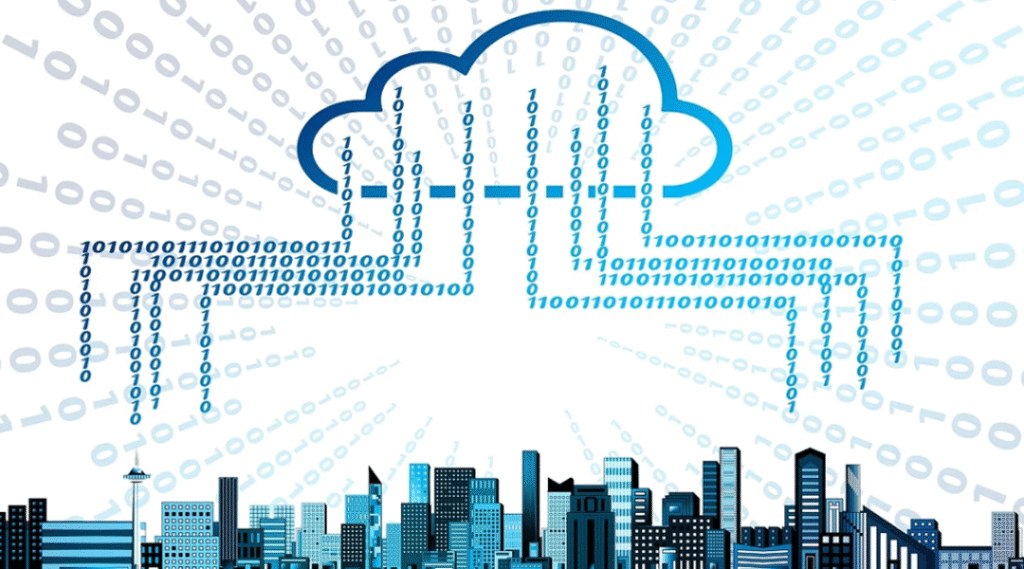The fifth generation of mobile networks—5G—is more than an incremental upgrade over 4G; it represents a paradigm shift that is enabling a new era of connected devices and intelligent systems. By delivering ultra-low latency, massive bandwidth, and the ability to support an enormous number of simultaneous connections, 5G lays the foundation for the next wave of smart Internet of Things (IoT) applications. From smart cities and autonomous vehicles to precision agriculture and industrial automation, 5G is transforming how devices communicate, collect data, and deliver real-time insights.
Ultra-Low Latency for Real-Time Responsiveness
One of the defining features of 5G is its unprecedented low latency—often in the range of 1 millisecond. This leap forward makes it possible for IoT devices to exchange data almost instantaneously, a critical requirement for applications that demand real-time responsiveness. In industrial settings, for instance, robotic arms on an assembly line can adjust their movements dynamically based on live data feedback, preventing defects and improving safety. Similarly, in autonomous transportation, vehicles can communicate with one another and with infrastructure (such as traffic lights and road sensors) to coordinate maneuvers, avoid collisions, and optimize traffic flow without perceptible delay.
Massive Bandwidth and Device Density
Beyond speed, 5G massively increases available throughput, offering peak data rates up to 20 Gbps. Equally important is its capacity to support up to a million devices per square kilometer—orders of magnitude more than 4G. This density is critical as smart environments grow ever more instrumented. In a smart city, streetlights, environmental sensors, parking meters, surveillance cameras, and public-safety devices can all operate on a single network slice, continuously streaming data for analytics and control. In smart buildings, thousands of sensors measuring temperature, occupancy, and air quality can feed a centralized energy-management platform that optimizes HVAC and lighting systems in real time.
Network Slicing for Tailored Services
5G introduces the concept of network slicing: the ability to partition a single physical network into multiple virtual “slices,” each configured with its own performance characteristics. For IoT deployments, this means that critical applications—such as remote surgery robots or emergency response drones—can be assigned ultra-reliable, low-latency slices, while less time-sensitive services—like meter readings or environmental monitoring—use standard slices optimized for power efficiency. Network slicing ensures that diverse IoT use cases coexist on the same infrastructure without interfering with one another, delivering predictable performance for every application.
Edge Computing Integration
The architectural evolution that accompanies 5G emphasizes edge computing, wherein data processing and analytics occur close to the source of data generation. By deploying micro-data centers at base stations or within local networks, 5G-powered IoT systems minimize the need to route every bit of information to a distant cloud. This not only further reduces latency but also helps conserve backhaul bandwidth and can improve data privacy by keeping sensitive information on-premises. For example, in a manufacturing plant, quality-control cameras can run computer-vision algorithms locally to immediately flag defective products, without incurring the delays or security risks of sending raw video streams across the internet.
Enhanced Reliability and Security
5G networks are designed with enhanced reliability and built-in security mechanisms. Features like Ultra-Reliable Low-Latency Communication (URLLC) ensure that mission-critical IoT applications—such as remote crane operations at a construction site or life-support monitoring in healthcare—maintain continuous, fail-safe connectivity. At the same time, 5G’s end-to-end encryption, SIM-based device authentication, and network-level isolation (via slicing) provide robust safeguards against unauthorized access and data breaches. This heightened trustworthiness is particularly important as industrial and public-sector organizations embrace IoT solutions for safety-critical operations.
Real-World Use Cases
- Smart Cities: 5G enables citywide sensor networks for traffic management, air-quality monitoring, waste-collection optimization, and public-safety surveillance. Real-time data streams help municipal agencies react swiftly to incidents, while analytics platforms identify long-term trends for urban planning.
- Industrial Automation: In factories and processing plants, 5G-connected sensors and robots coordinate seamlessly, allowing for just-in-time manufacturing, predictive maintenance, and zero-downtime operations.
- Healthcare: Portable 5G-enabled medical devices can transmit high-resolution imaging or vital-sign data to remote specialists, supporting telemedicine and mobile clinics.
- Agriculture: Smart farming leverages 5G to connect soil-moisture sensors, drones, and automated irrigation systems, fostering precision agriculture that maximizes yield while conserving water and nutrients.
Challenges and the Road Ahead
While 5G unlocks tremendous potential for smart IoT, deployment challenges remain. Building out dense networks of small cells and fiber backhaul is capital-intensive, and spectrum allocation varies by region. Additionally, integrating legacy devices and protocols into 5G-powered architectures requires careful planning. From a cybersecurity standpoint, the proliferation of endpoints expands the attack surface, necessitating rigorous device-level protections.
Despite these hurdles, industry and governments are investing heavily in 5G infrastructure, standards, and pilot programs. The convergence of 5G, artificial intelligence, and cloud-native platforms promises an IoT ecosystem that is more scalable, intelligent, and autonomous than ever before.
Keystone Technology
5G is the keystone technology that accelerates the evolution of the Internet of Things from isolated use cases into a fully integrated, intelligent network of devices. By delivering ultra-low latency, massive device density, customizable network slices, and edge computing synergy, 5G empowers organizations to build smart systems that are responsive, reliable, and secure. As infrastructure matures and adoption grows, 5G-enabled IoT will redefine industries—transforming cities, factories, healthcare, agriculture, and beyond—while paving the way for innovations we have yet to imagine.
More articles about 5G:
Wiring Tomorrow’s Workforce: Integrating Smart IoT, 5G, Cloud, and AI to Forge a Robust Robot World
The Convergence of AI, 5G, and Smart IoT: Shaping the Future of Urban Traffic Management
Harnessing AI and 5G: Pioneering the Next Wave of Smart Cities
As for in-depth insight articles about AI tech, please visit our AI Tech Category here.
As for in-depth insight articles about Auto Tech, please visit our Auto Tech Category here.
As for in-depth insight articles about Smart IoT, please visit our Smart IoT Category here.
As for in-depth insight articles about Energy, please visit our Energy Category here.
If you want to save time for high-quality reading, please visit our Editors’ Pick here.



